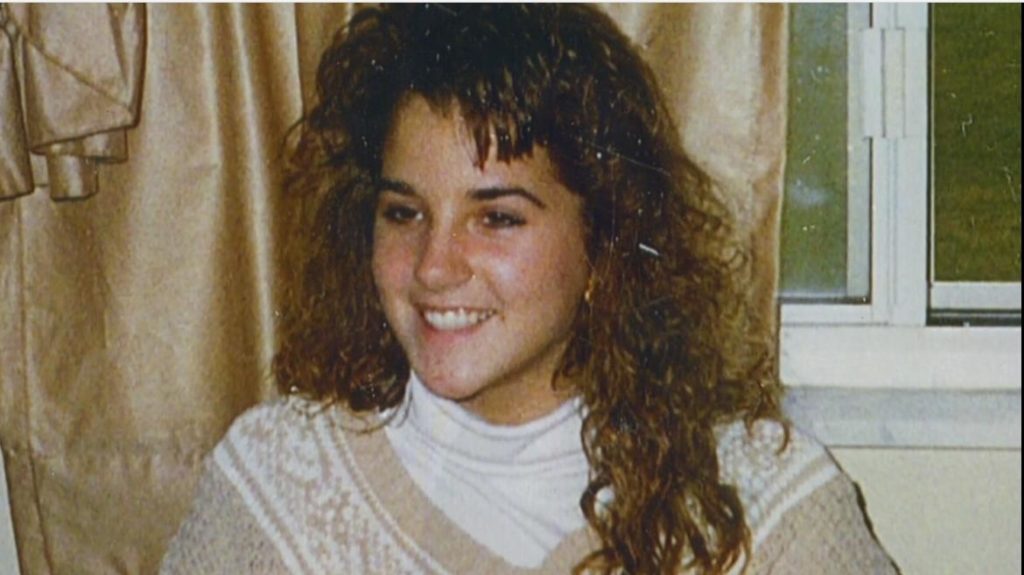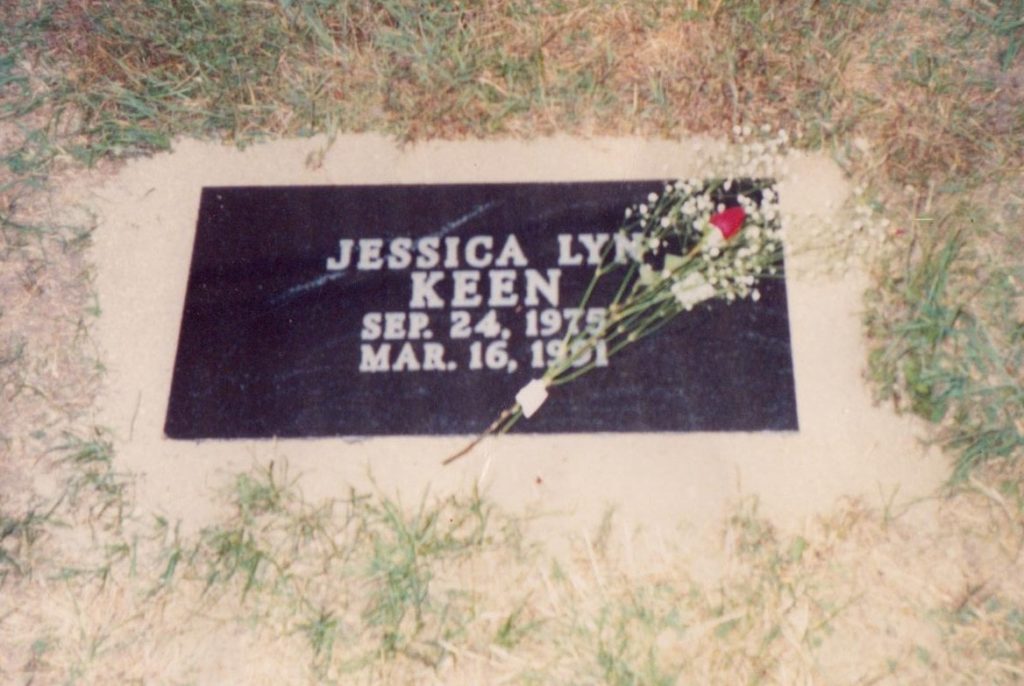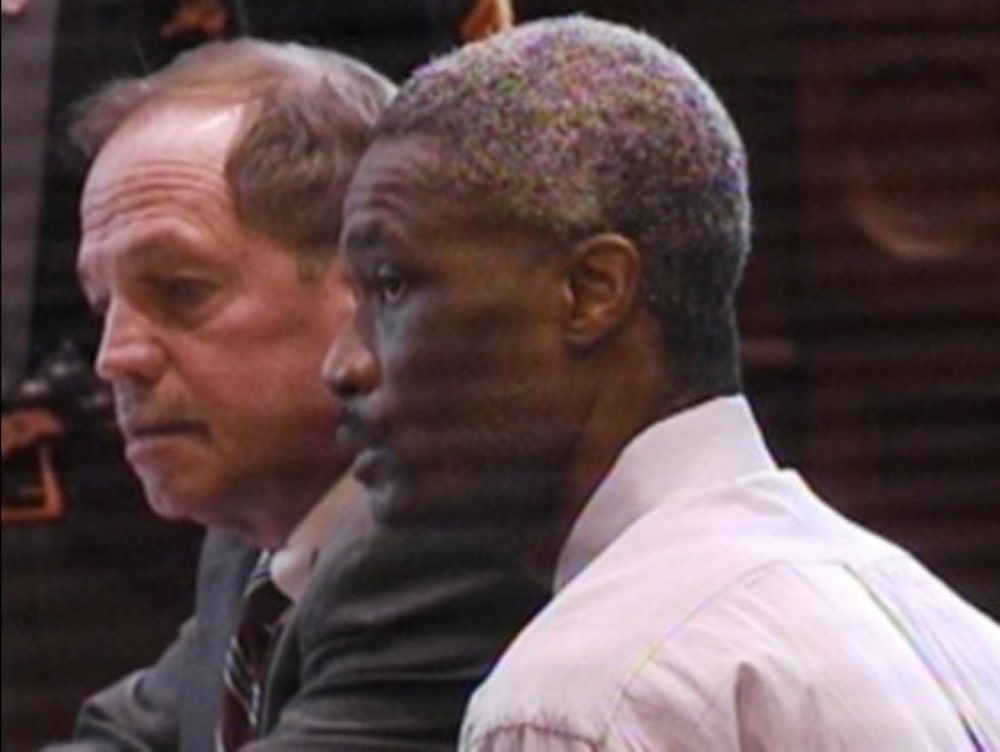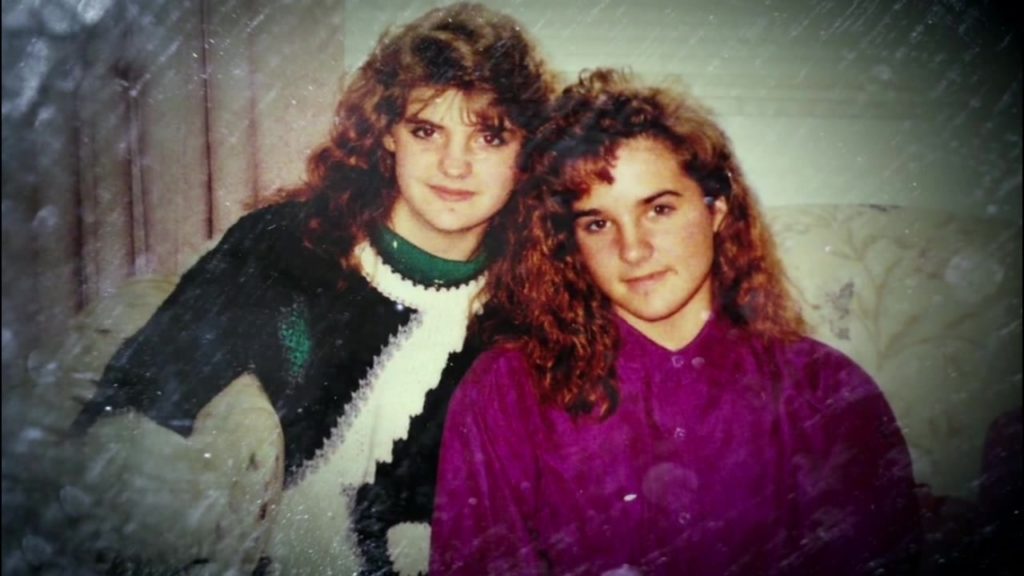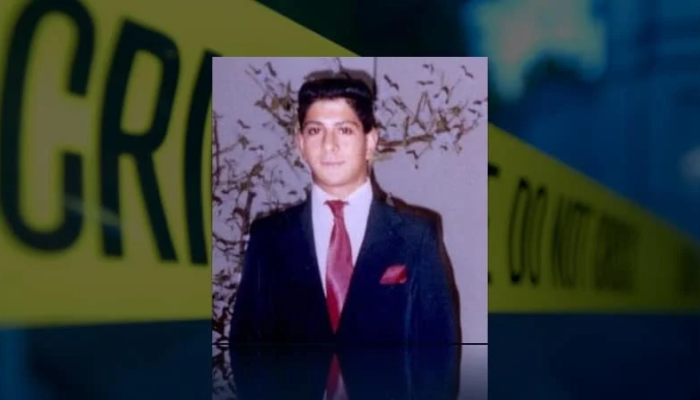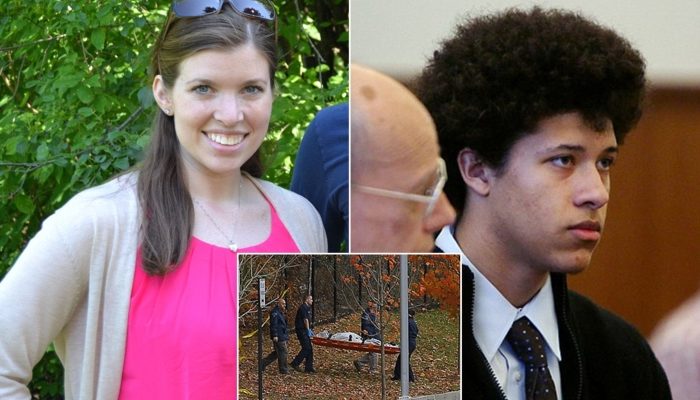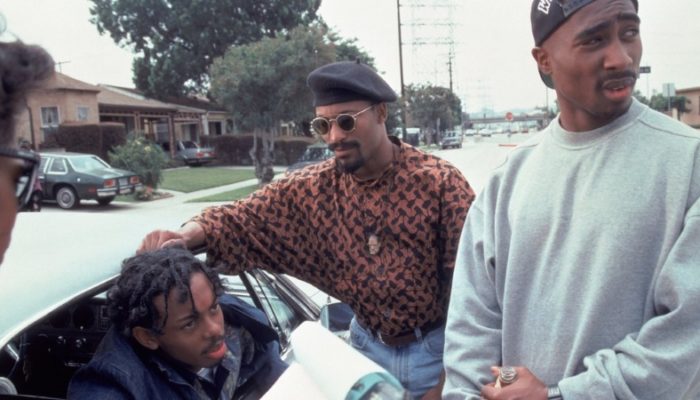In the quiet suburbs of Columbus, Ohio, a promising life met a gruesome stop. Jessica Keen, born on September 24, 1975, changed into more than just a teenage female; she became an honor student and a cheerleader, her future brimming with potential. However, Jessica Keen’s life took a darkish turn when she fell in love with 18-year-old Shawn Thompson, leading to a chain of events that culminated in a scary crime.
Early Life of Jessica Keen:
In the quiet neighborhoods of Columbus, Ohio, Jessica Lyn Keen began her adventure through existence on September 24, 1975. Raised in a supportive and worrying family, Jessica displayed an early flair for educational excellence and ardor for cheerleading, placing the level for what was regarded as a promising future. As an honor scholar, Jessica excelled academically, earning the admiration of her teachers and the respect of her friends. Her dedication prolonged past the lecture room to the cheerleading squad, where her infectious electricity and lively performances made her a standout. Jessica was no longer just a pupil; she turned into a colorful and engaged member of her community.
However, the route of Jessica’s existence took a sudden flip when she crossed paths with 18-year-old Shawn Thompson, a fellow scholar at her school. What first all appeared like a regular teenage romance gradually morphed into a complex relationship that could regulate the trajectory of Jessica’s lifestyle. The effect of Shawn on Jessica has become obvious as she withdrew from cheerleading, an ardor that had described her excessive faculty revel in. The once stellar scholar witnessed a decline in her instructional performance, signaling the profound effect of her relationship on her universal well-being.
Jessica’s parents, spotting the adjustments of their daughter and involved in the path her existence turned taking, faced the difficult project of navigating the demanding situations posed by way of her tumultuous dating. The objections to Jessica seeing Shawn went past usual parental worries, as they sensed an ominous impact that forged a shadow over their daughter’s future.
In a bid to deal with the scenario and offer assistance, Jessica’s dad and mom sought help at a loose counseling center in Columbus on March four, 1991. This choice marked a pivotal second in Jessica’s life, leading to her next life at Huckleberry House, a facility designed to offer counseling and brief houses for teenagers. Little did they recognize that this decision might set in motion a chain of events culminating in the scary discovery of Jessica’s lifeless body at Foster Chapel Cemetery on March 17, 1991, shaking the network to its center.
Jessica’s Relationship with Shawn Thompson:
The narrative of Jessica Keen’s lifestyle took a somber flip when she entered into a courting with Shawn Thompson, an 18-year-old student at her college. Jessica, born on September 24, 1975, had initially been an honor student and cheerleader, embodying the epitome of sweet sixteen vibrancy. However, the entry of Shawn into her existence marked an extensive shift in her trajectory.
What commenced as an average teenage romance soon advanced right into a complex relationship that raised concerns among Jessica’s mother and father. Shawn’s effect on Jessica changed profoundly, mainly due to a decline in her instructional performance causing her to withdraw from the cheerleading squad. The once brilliant and engaged student seems to be slipping away, leaving her dad and mom grappling with the demanding situations posed by her budding reference to Shawn.
The objections raised by Jessica’s parents were no longer merely a response to teenage rebellion however stemmed from a real worry about the effect of Shawn on their daughter’s lifestyle. The relationship became a supply of anxiety in the Keen family as they struggled to comprehend the adjustments in Jessica’s conduct and the potential threats posed by using her association with Shawn.
Despite her parents’ objections, Jessica’s bond with Shawn deepened, leading to a pivotal second in her existence. On March four, 1991, her mother and father sought help at a loose counseling center in Columbus, acknowledging the want for outside intervention to deal with the complexities of Jessica’s relationship and the demanding situations it posed for the circle of relatives.
The decision to search for assistance marked a turning factor, ultimately leading to Jessica’s brief residence at Huckleberry House, a facility designed to offer counseling and aid for young adults. Little did everybody assume that this try to manual Jessica’s lower back onto an advantageous course might culminate in a sad and scary give up, as she turned into discovered raped and brutally crushed at Foster Chapel Cemetery on March 17, 1991? The complexities of Jessica’s dating with Shawn could emerge as valuable to the subsequent investigation, casting a shadow over the network that could persist for years to come.
Seeking Help: Jessica’s Stay at Huckleberry House:
Amidst the complexities of Jessica Keen’s dating Shawn Thompson, her parents confronted the hard fact of their daughter’s declining well-being. Recognizing the need for intervention, they took a pivotal step on March four, 1991, looking for help at a loose counseling center in Columbus. This selection marked the beginning of Jessica’s journey toward recuperation, as her mother and father sought expert assistance to navigate the demanding situations posed using her tumultuous relationship.
The fruits of their efforts caused Jessica’s transient house at Huckleberry House, a facility designed to provide counseling and guidance for young adults. Founded on the concepts of intervention and rehabilitation, Huckleberry House supplied Jessica with a based environment wherein she ought to engage in individual and circle of relatives counseling classes.
During her two-week stay at Huckleberry House, Jessica had the opportunity for introspection and steerage from skilled counselors. The facility aimed not only to cope with the instantaneous issues surrounding Jessica’s relationship but also to foster an environment of restoration and increase.
The selection to check Jessica into Huckleberry House is difficult for her dad and mom. Yet, it pondered their dedication to the proper being of their daughter, as they sought professional help to guide her return to a high-quality route. The wish is that the combination of counseling and the supportive surroundings of Huckleberry House might empower Jessica to make high-quality choices for her destiny.
Tragically, the narrative took a devastating turn with the invention of Jessica’s useless body at Foster Chapel Cemetery on March 17, 1991. The facility that was supposed to be a sanctuary for afflicted teens had emerged as, unwittingly, a mere waypoint on the tragic adventure that concluded with the loss of a young life. The occasions surrounding Jessica’s stay at Huckleberry House underscore the demanding situations of addressing complicated familial and personal dynamics, even in environments dedicated to offering help and guidance.
The Tragic Discovery:
The unfolding tragedy of Jessica Keen reached its devastating climax on the early morning of March 17, 1991, with the haunting discovery of her useless frame at Foster Chapel Cemetery. Two days had passed because Jessica remained seen, and the network’s developing situation for her properly turned into heart-wrenching grief. Jessica, a 15-year-old honor scholar, and former cheerleader turned into determined raped and brutally beaten at the back of Foster Chapel Cemetery, simply 20 miles from the Huckleberry House facility in which she had sought shelter. The serene resting vicinity, meant for quiet reflection and remembrance, was transformed into a criminal offense scene, casting a dark shadow over the peaceful environment.
Despite the brutality of the assault, Jessica’s ring and watch remained on her person, serving as painful reminders of the vibrant younger woman who had once been part of the community’s cloth. However, a widespread piece of her identity becomes conspicuously absent – a gold pendant with the word ‘Taken’ a present from her boyfriend Shawn Thompson. The missing pendant added a layer of thriller to the already heartbreaking discovery. The community, already reeling from Jessica’s disappearance, now confronted the bleak fact of her violent cease. Foster Chapel Cemetery, an area intended for solace and reflection, became the backdrop against the law that would ship shockwaves through the neighborhoods of Columbus, Ohio.
The Investigation:
In the wake of the horrifying discovery of Jessica Keen’s dead frame at Foster Chapel Cemetery on March 17, 1991, regulation enforcement released an intensive investigation to resolve the situations surrounding her brutal homicide. The quest for justice has become a paramount precedent for the network, desperate to discover answers and hold the offender answerable for any such heinous crime.
Initial Stages of the Investigation:
- Law enforcement secured the crime scene at Foster Chapel Cemetery immediately, amassing vital proof and documenting the surroundings.
- Investigators interviewed witnesses, buddies, and family contributors to piece together Jessica’s moves leading as much as her disappearance and next discovery.
- The timeline of occasions has become a critical consciousness, assisting investigators in understanding the sequence of occurrences within the days preceding Jessica’s tragic stop.
Challenges Faced by Using Law Enforcement:
- The investigation faced numerous challenges, consisting of a loss of eyewitnesses and the complexities of coping with a criminal offense that befell in a cemetery.
- The absence of a clear cause delivered to the problem leaves investigators to delve into the personal and social factors of Jessica’s lifestyle to uncover capability reasons for the crime.
Media Attention and Public Involvement:
- The severity of Jessica’s case drew huge media attention, with coverage on television packages like Unsolved Mysteries and The Case with Paula Zahn.
- The media’s involvement performed a dual role – raising cognizance of the case and placing pressure on regulation enforcement to solve the thriller. It also encouraged the public to come ahead with any facts that might aid the research.
Advancements in Forensic Technology:
- Over the years, advancements in forensic technology performed a pivotal position in re-examining the evidence accrued at the crime scene.
- DNA analysis became a vital device in identifying capable suspects and imparting a step forward in cold instances, presenting a renewed feeling of wish for justice in Jessica’s case.
The Arrest of Marvin Lee Smith Jr.:
After years of relentless pursuit and improvements in forensic technology, the investigation into the brutal murder of Jessica Keen reached a vital turning point on April nine, 2008. Police in Burlington, North Carolina, made a substantial arrest that might probably convey justice to a grieving network – 51-year-old Marvin Lee Smith Jr.
Breakthrough with DNA Evidence:
- The arrest of Marvin Lee Smith Jr. Was the result of a step forward in the case facilitated by using improvements in DNA analysis?
- Forensic experts, armed with the latest era, re-examined the evidence accumulated on the crime scene in Foster Chapel Cemetery, ultimately linking Smith to the crime through DNA evidence.
Charges Against Smith:
- Marvin Lee Smith Jr. Faced charges of unlawful sexual conduct on Jessica Keen, a felony that carried giant felony implications.
- The prices underscored the severity of the crime and the potential responsibility that Smith might have to face in a court of law.
Extradition to Ohio:
- Following his arrest in North Carolina, Smith was extradited to Ohio to face the charges against him.
- The extradition manner marked a vital step in bringing the suspect to the jurisdiction wherein the crime happened, making sure that he might be held responsible in the felony framework of the state.
Legal Proceedings and Trial:
- The arrest of Marvin Lee Smith Jr. Set the level for criminal proceedings that might decide his culpability in Jessica Keen’s murder.
- The trial system might contain the gathered proof, inclusive of the DNA analysis, witness tales, and other pertinent information that might establish Smith’s involvement in the crime.
Implications for the Community:
- The arrest of a suspect introduced a combination of emotions to the community that has been haunted by Jessica’s tragic story for years.
- While there has been a sense of alleviation and hope for justice, the felony lawsuits would function as a reminder of the painful information surrounding Jessica’s murder, forcing the community to confront the darkness that had enveloped certainly one of its own.
The arrest of Marvin Lee Smith Jr. Changed into a vast milestone in a case that had remained unsolved for a long way too long. It marked the intersection of technological advancements and tireless investigative efforts, bringing a glimmer of hope to a network that has been looking for closure for the loss of a young existence. As criminal complaints unfolded, the community awaited the final results, eager to look for justice served for Jessica Keen.
Impact on the Community:
Shock and Grief:
- The network was to start gripping using shock and disbelief as information of Jessica’s homicide spread.
- Grief permeated through the neighborhoods, with an awesome sense of loss for a younger life that held a lot of promise.
Fear and Vulnerability:
- The brutal nature of Jessica’s murder instilled fear and vulnerability in the community, particularly among parents and young adults.
- Concerns about protection and the realization that such violence may want to touch the lives of even the seemingly secure neighborhoods lingered in the minds of residents.
Heightened Awareness and Vigilance:
- Jessica Keen’s story prompted a heightened focus on personal safety, especially among teenagers navigating relationships.
- Parents became more vigilant, emphasizing the importance of open communication with their youngsters and fostering an environment in which worries may be shared without worry of judgment.
Community Solidarity:
- In the face of tragedy, the community rallied together to aid Jessica’s own family and every other.
- Vigils, memorials, and network occasions served as retailers for collective grief, allowing residents to come back together and find solace in shared mourning.
Advocacy for Safety and Counseling:
- Jessica’s murder sparked advocacy for expanded safety measures for teens, with an emphasis on recognition and schooling approximately healthful relationships.
- Calls for improved counseling services for afflicted teenagers received momentum, highlighting the significance of early intervention and aid.
Additional Tips:
- Deep Dive into the Investigation: Encourage readers to explore extra details about the investigation, which include the position of forensic generation, the demanding situations faced by regulation enforcement, and the way the case ultimately caused Marvin Lee Smith Jr.’s arrest.
- Legal Proceedings and Trial Updates: Keep readers knowledgeable about the felony complaints and trial traits after Marvin Lee Smith Jr.’s arrest. Share updates on court docket hearings, evidence supplied, and the final verdict, if available.
- Community Initiatives and Advocacy: Highlight any community projects or advocacy paintings that emerged in response to Jessica Keen’s murder. This could encompass campaigns for safety cognizance, support for counseling facilities, or ongoing efforts to prevent similar tragedies.
- Impact on Legislation or Policies: Investigate if Jessica’s case had any effect on nearby rules or guidelines related to youngster safety, domestic violence, or sufferer advocacy. Understanding the broader societal implications adds depth to the narrative.
- Reflection on Teen Safety Today: Encourage readers to reflect on the kingdom of youngster protection today, thinking about the progress made in growing more secure environments for kids and the ongoing challenges that persist.
Conclusion:
In the wake of the horrifying homicide of Jessica Keen, a once-vibrant cheerleader, the network of Columbus, Ohio, changed into a thrust into a tale of sorrow, worry, and resilience. The impact of Jessica’s tragic give-up extended a ways beyond her instantaneous circle, leaving an indelible mark at the collective recognition. The arrest of Marvin Lee Smith Jr., an enormous leap forward within the case, provided a glimmer of desire for justice, but the wounds inflicted on the community were deep. Jessica’s tale triggered a reevaluation of protection measures, fostering multiplied consciousness about healthful relationships and the significance of counseling for young adults.
As the community grappled with ongoing trauma, it also validated resilience, cohesion, and a commitment to advocating for change. The legacy of Jessica Keen serves as a poignant reminder of the fragility of life and the collective obligation to create safer, greater supportive surroundings for all.
FAQs:
Q1: Who becomes Jessica Keen?
A1: Jessica Lyn Keen changed into a 15-year-old honor student and cheerleader from Columbus, Ohio, whose life took a sad turn after falling in love with 18-year-old Shawn Thompson. Her story received country-wide interest when she was murdered on March 17, 1991, in Foster Chapel Cemetery.
Q2: What befell to Jessica Keen?
A2: Jessica Keen was found raped and brutally beaten at Foster Chapel Cemetery, 20 miles from a teen facility where she had sought assistance. Despite her parents’ efforts to address her troubled relationship with Shawn Thompson, Jessica’s life ended tragically.
Q3: How did the research unfold?
A3: The research faced challenges, together with a lack of eyewitnesses. Media attention, forensic advancements, and the arrest of Marvin Lee Smith Jr. In 2008, DNA proof marked essential milestones. The felony complaints aimed to bring justice to Jessica’s case.
Q4: Who is Marvin Lee Smith Jr.?
A4: Marvin Lee Smith Jr. Was arrested and charged with illegal sexual behavior on Jessica Keen in 2008. The arrest turned into a leap forward within the cold case, bringing a potential suspect to stand prices related to Jessica’s murder.
Q5: How did Jessica’s homicide affect the community?
A5: Jessica’s homicide had a profound impact, leading to grief, worry, and heightened cognizance in the network. It prompted advocacy for teen safety, counseling support, and network initiatives. The long-term consequences include ongoing trauma and a commitment to stopping similar tragedies.
READ MORE: The Brutal Murder of Shanda Sharer

